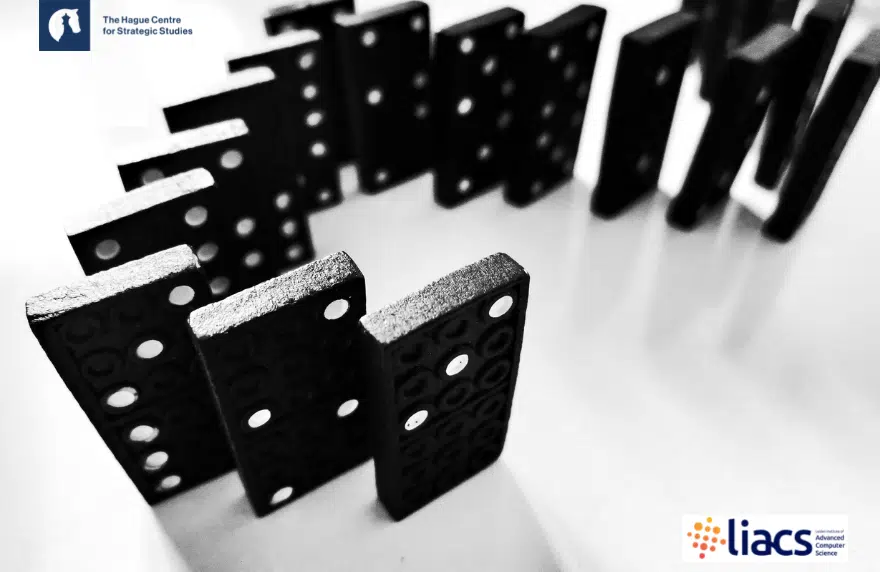Research
Understanding the causal relations and the magnitude of causal effects is vital when making effective policies. Tools and methods that enable this understanding to become progressively more available as causality has been a burgeoning field of research for some time. However, some of these tools and methods only work in case strong assumptions are adopted. For researchers, it has been increasingly difficult to discern the assumptions they have to abide by in order to glean sound conclusions from causal concepts or methods.
This paper by Maarten C. Vonk, Ninoslav Malekovic (HCSS Datalab), Thomas Bäck and Anna V. Kononova (LIACS, Leiden University) aims to disambiguate the different causal concepts that have emerged in causal inference and causal discovery from observational data by attributing them to different levels of Pearl’s Causal Hierarchy of increasingly complex causal questions.
The authors provide the reader with a comprehensive arrangement of causal components and contingent assumptions necessary to engage in causal reasoning at the desired level of the hierarchy. In this way, researchers are encouraged to examine the causal question they aim to address, assess the validity of the assumptions they are abiding by and employ suitable causal concepts.
This article was published in the Journal of Artificial Intelligence Review on 27 February 2023, under a Creative Commons Attribution 4.0 International License.
Authors:
Maarten C. Vonk is a Data Scientist at the Hague Centre for Strategic Studies where he is completing his PhD in Causal Inference. Ninoslav Malekovic is the Chief Data Scientist at The Hague Centre for Strategic Studies. Thomas Bäck (Fellow, IEEE) is Professor of Computer Science with the Leiden Institute of Advanced Computer Science (LIACS), Leiden University, Netherlands. Anna V Kononova is an Assistant Professor at the Leiden Institute of Advanced Computer Science (LIACS), Leiden University, Netherlands.
Photo source: Martin Fisch via Flicker.





